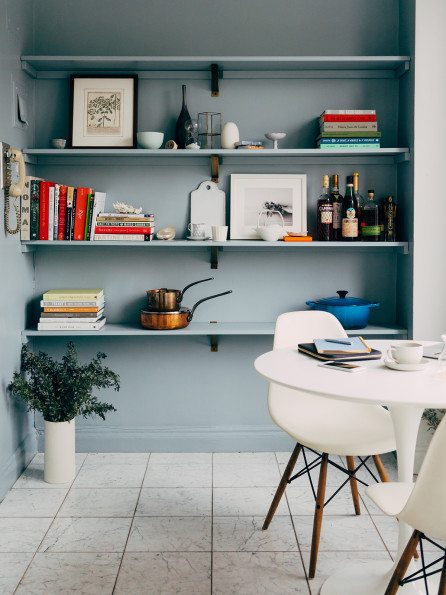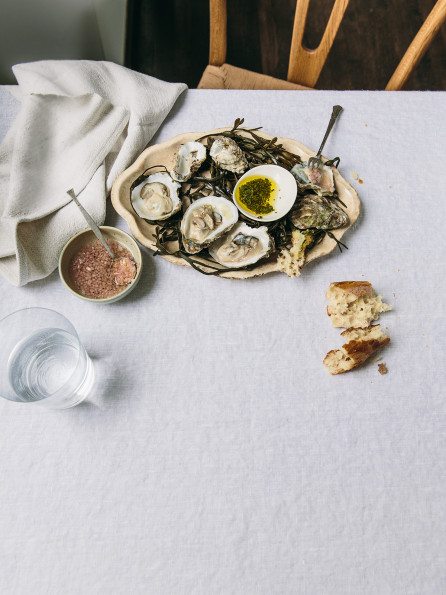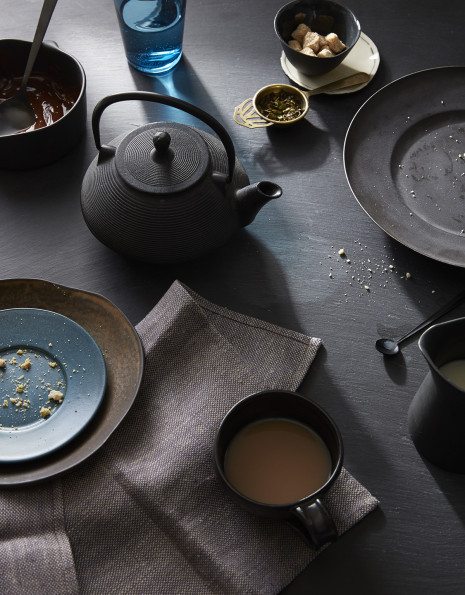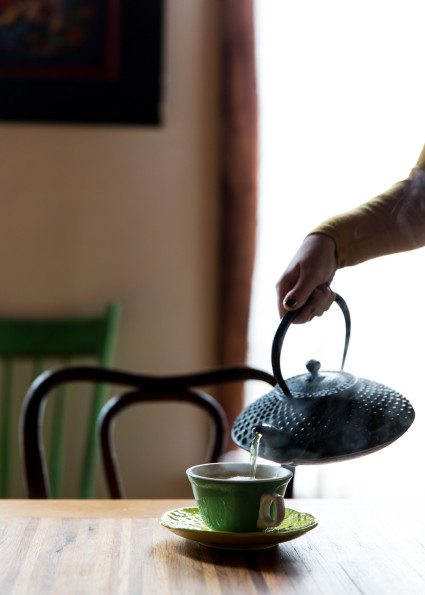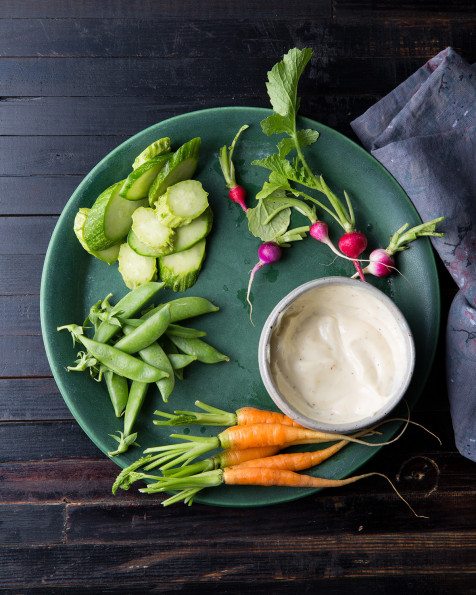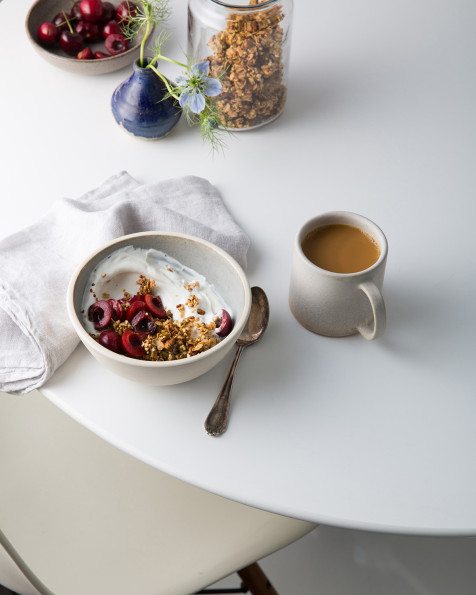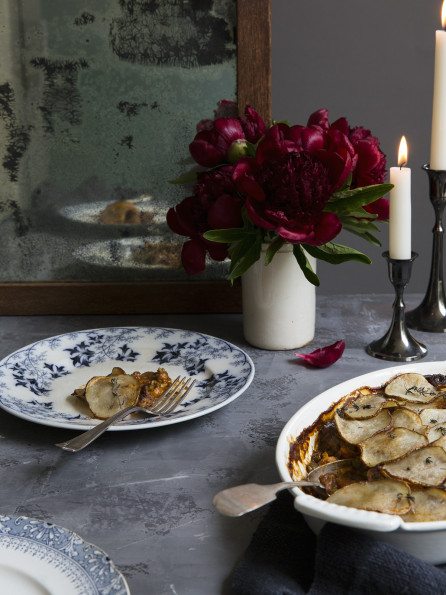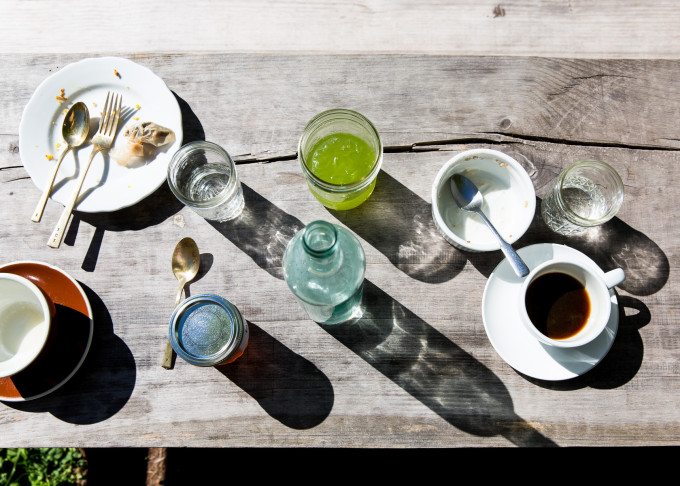
All images by Alice Gao. Used with permission.
We first came across Alice Gao’s photography when Tumblr published its Photographers to Watch list for 2014. Her blog is titled “After the Cups,” a reference to “The Love Song of J. Alfred Prufrock,” one of her favorite T. S. Eliot poems. There we found photographs of quiet spaces and food with soft colors and beautiful light. So, we set out to interview her. Gao has an impressive roster of clients, from AirBnB to the NYTimes T Magazine. Here, she shares her approach to food and lifestyle photography.
For more of Alice’s work, check out her website and her blogs: After the Cups and Lingered Upon.
Phoblographer: Your food photography has inspired hunger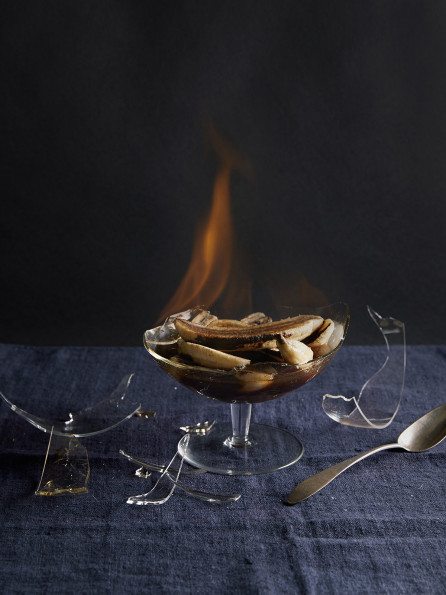
in this interviewer. What’s your approach to a food shoot, both in vision and tech?
Alice: Most of my food shoots are very collaborative. I’ve been super lucky to work with amazing food stylists and prop stylists who really bring a lot to the table (no pun intended).We work together around the general art direction to create that final image that hopefully makes the viewer want to jump into the scene and dig into that bowl. First, the prop stylist and I will play around until we’re happy with our starting point. Then the food stylist places the food and we continue to fiddle. It’s often just a gut feeling that decides what makes the final image. I’m most drawn to food photography that feels natural and has a bit of soul (maybe it comes from the way the napkin falls, or a particular crumb, or the light through the water glass). If I can sneak a bit of environment in there to suggest where one might be having this meal, that’s a bonus.
And I’m always thinking about lighting and composition. It’s tricky to rely solely on natural light these days, so I try to recreate the quality of light that I like with artificial lighting. I also have a fabulous digital tech who makes adjustments on the photos as we shoot which allows me to focus on the big picture.
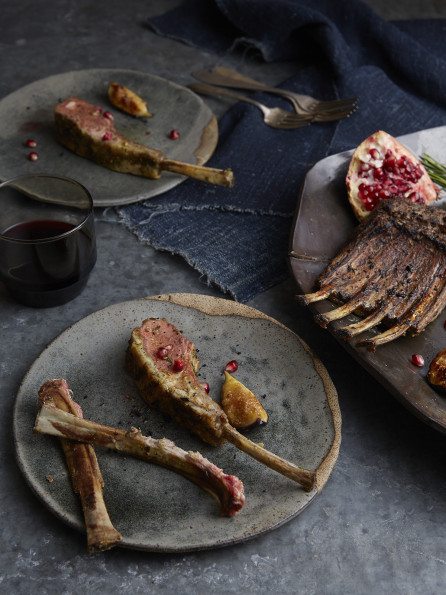 Phoblographer: Most food photography I’ve seen shows the food uneaten, but yours show both eaten and uneaten. What do you think a few bites adds to the photograph?
Phoblographer: Most food photography I’ve seen shows the food uneaten, but yours show both eaten and uneaten. What do you think a few bites adds to the photograph?
Alice: I think adding a few bites shows movement and implies a more active scene. Untouched plates have a certain quietness to them, which is nice in a different way. It just depends what kind of mood I’m going for. For my personal work, I love chasing down messy just-left tables at restaurants. If I can sneak in a shot before the table is cleared, I always go for it. There’s something fun about the suggestion of what took place at those tables and a naturalness about them that can’t always be replicated.
Phoblographer: You’ve been a photographer for a relatively short period of time. How did you get your start, and how did you develop your style?
Alice: When I started to get more serious about photography, I started putting most of my work up on Flickr and developing an audience there, which helped me later on when I moved to other social media platforms. I can’t say my style now is anything like what I’ve posted back then (thankfully), but that’s where it all started. While I was trying to find my own voice, I studied the work of photographers like Gentl and Hyers, Ditte Isager, Mikkel Vang, Martyn Thompson, and Roland Bello and tried to figure out the specific aspects of their photography that spoke to me.
Eventually, as my tastes evolved (in all aspects of life), so did my photography style. Knowing the kind of light that inspires me the most has been pivotal. I’m sure my style is still in constant evolution, but my work should feel more cohesive now than it did a few years ago.
Phoblographer: When did your audience on Tumblr and 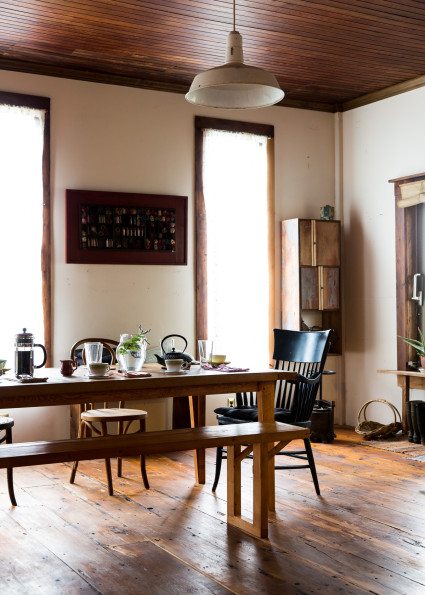 Instagram start to take off, and how, if at all, has it informed your photography?
Instagram start to take off, and how, if at all, has it informed your photography?
Alice: Instagram probably in 2011 (I’d been using it since it launched) and Tumblr around 2013. Perhaps the biggest effect is that it turned “Alice Gao” into more of a brand than it had been before, so everything I do and everything I decide to push out on those feeds contributes to that brand image. I now am hyper conscious of what I put out there. I do let loose sometimes on my social media channels and it’s pretty obvious when I do (hah). I think it’s made me into a more careful photographer — not so much in the sense of not taking risks but just being more thoughtful about hitting that shutter.
Phoblographer: What’s your approach to a lifestyle shoot? How much time do you spend observing before taking out your camera, and is your setup different at all from your food shoots?
Alice: I approach lifestyle in a similar way as I do food and still life. I don’t actually observe for too long — I like to get in it right away and find a groove. I am most concerned with the light and how to capture a scene that makes the best use of that light. I like to travel as lightly as possible in terms of gear. Ideally for a lifestyle shoot, it’s just me and my camera. I feel more inclined to shoot without a tripod for lifestyle so I can be more mobile.
Phoblographer: Color photography can oftentimes be distracting in that the colors present distract the eye from the focus of the image. You manage to balance color and scene in a way that works. How do you do that?
Alice: I think starting with a limited color palette helps a lot. My work generally doesn’t feature bold competing colors, because I usually seek out scenes that don’t feel like that. My affinity for select colors dictates my apartment’s look and feel, and since I’m surrounding myself with this deliberate color palette, it’s easy to photograph scenes there where color doesn’t take away from the image.
Phoblographer: What’s in your camera bag for any given shoot?
Alice: Well the long version is this: Canon 5D Mark III, Zeiss 50mm f2.0 Makro lens, Canon 24-70mm f2.8 II lens, Canon 100mm f2.8 lens, 13” Macbook Pro, and a portable harddrive. Then I sling a bag with a Profoto beauty dish and a large diffuser. Then I have another bag for my Profoto monolights. I usually stick my Gitzo Explorer tripod into the bag with the lights too.
But if I can get away with it (like for more personal shoots or shoots where the client isn’t with me), I just bring my Sony a7r and a 35mm and 55mm lens. I shoot almost all of my personal and travel work nowadays with this camera.
Phoblographer: What piece of advice do you have for food and lifestyle photographers just starting out?
Alice: Whether it’s for food or lifestyle or other subjects, I’m afraid I don’t have any non-clichéd advice — I’d say it’s really about finding what makes you happy and shooting that as much as possible. It doesn’t matter what other people around you are shooting; shoot for yourself and don’t worry so much about having the fanciest gear. Someone once said the best camera is the one that’s with you, and I fully support that.


